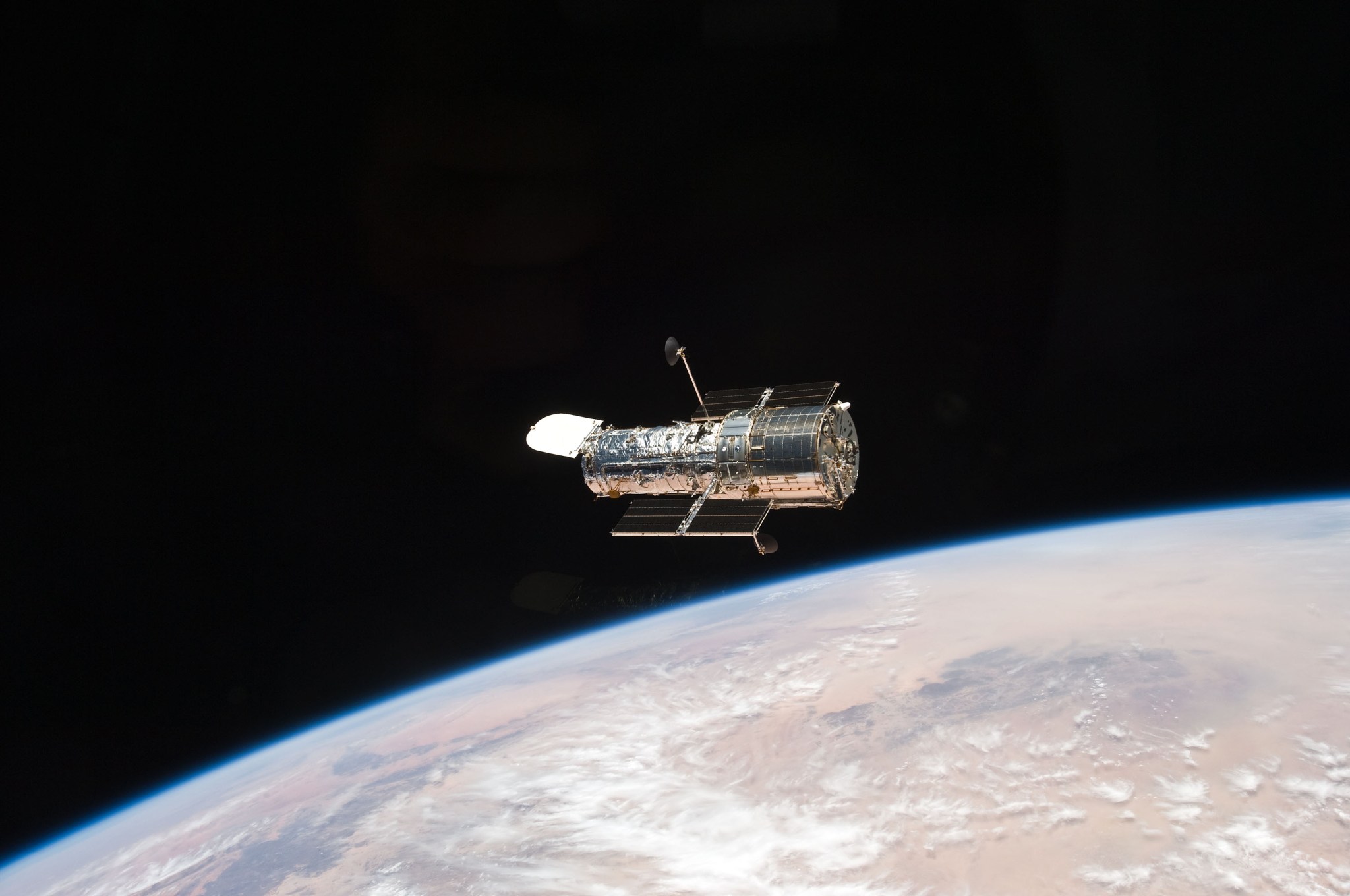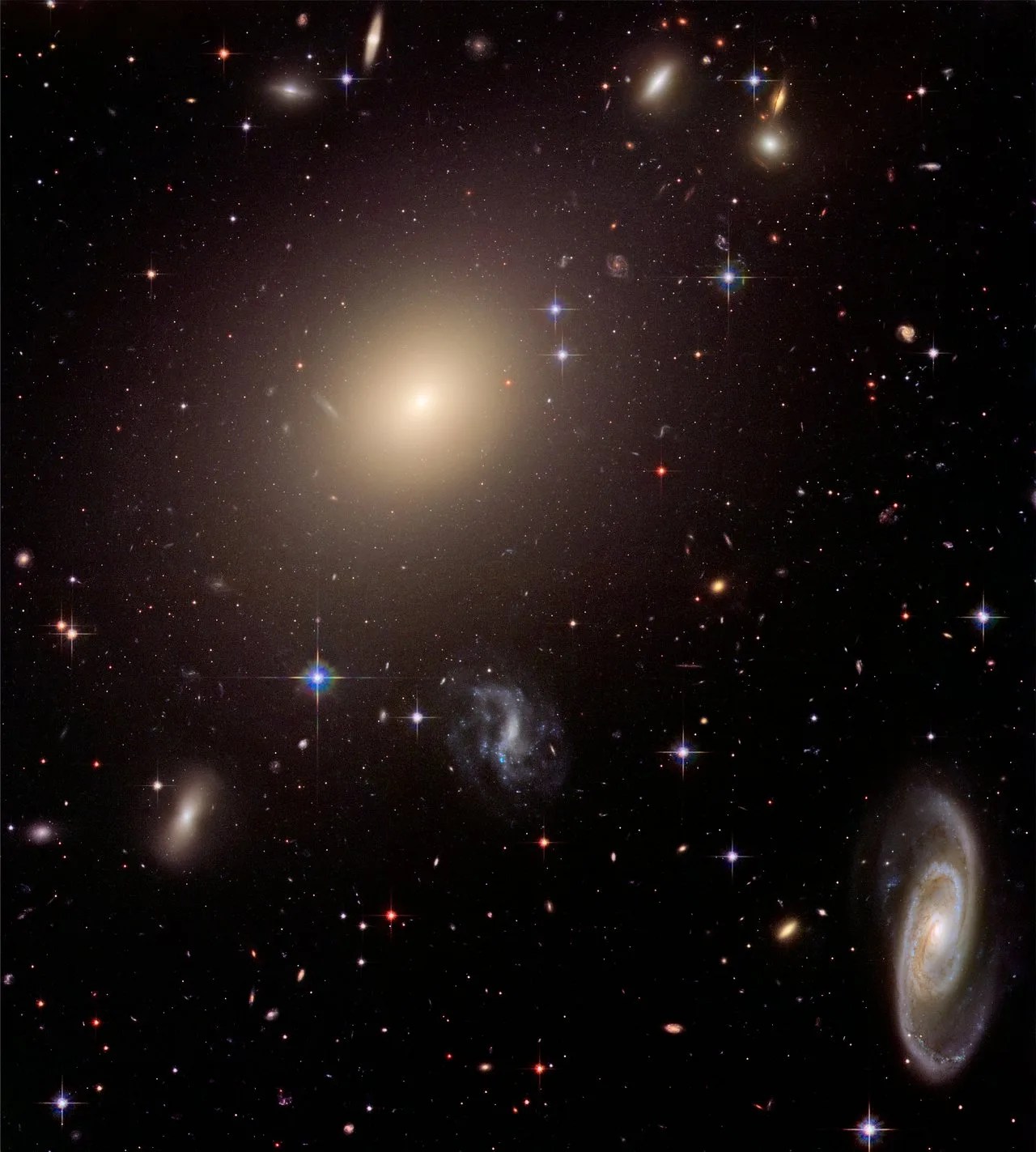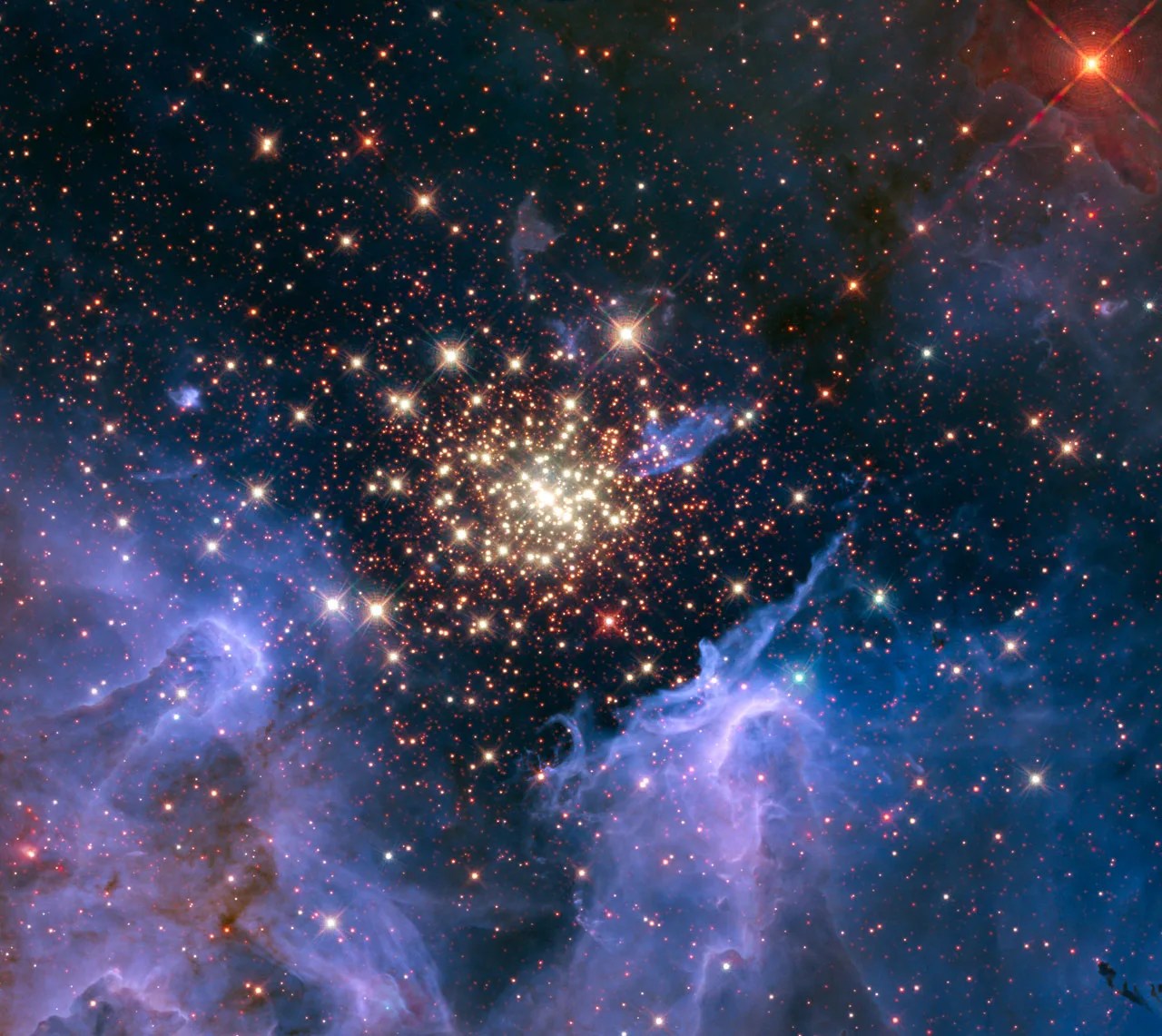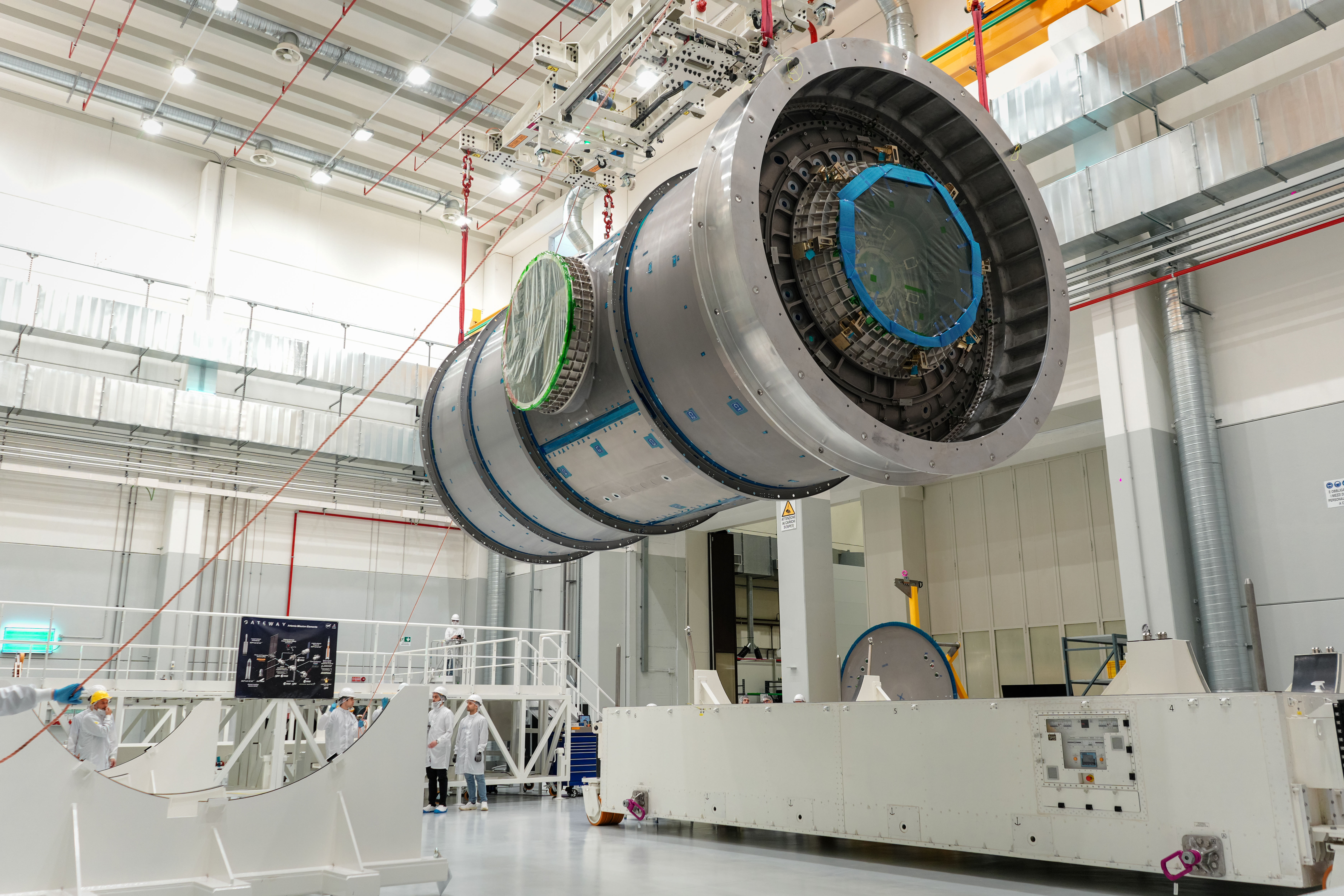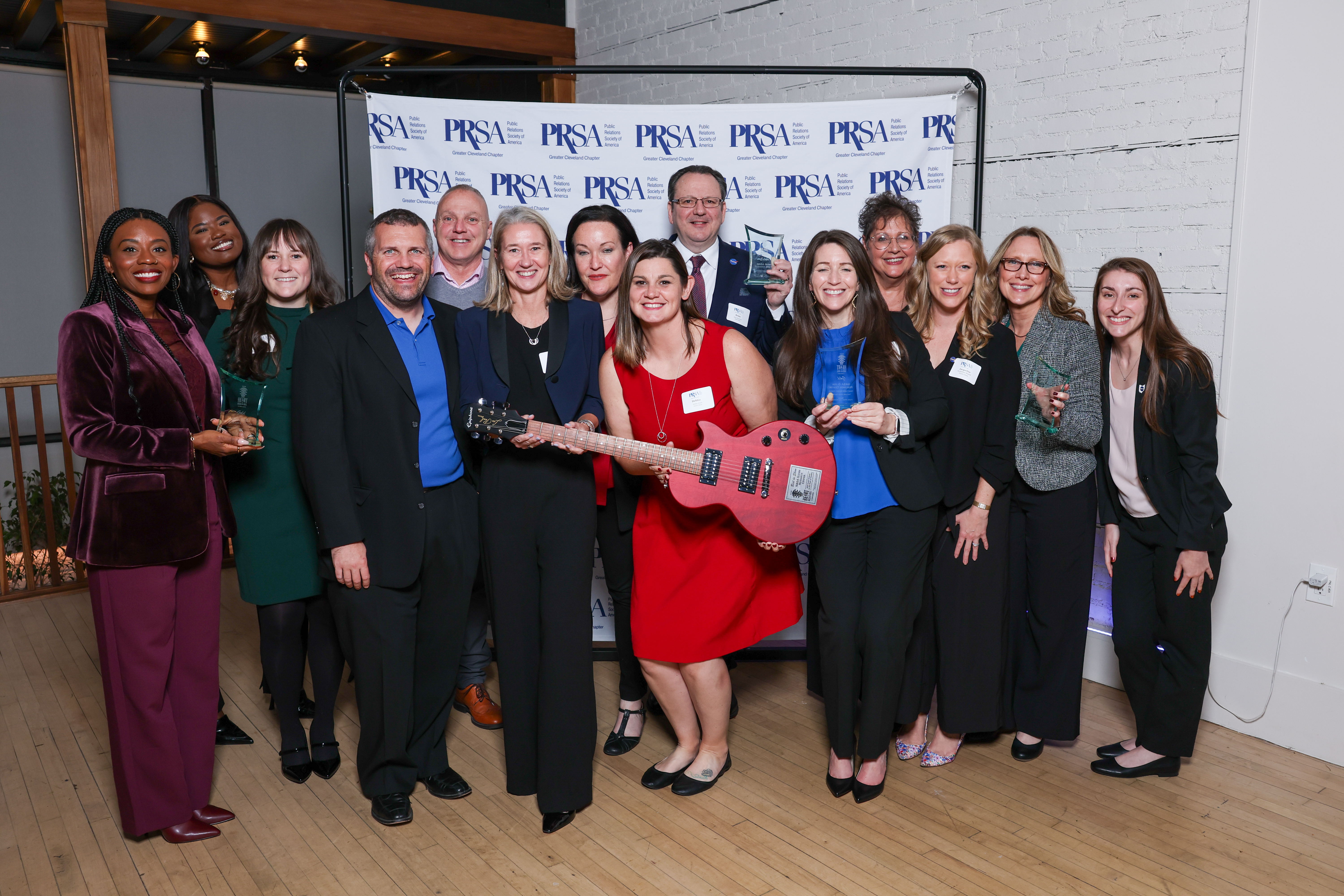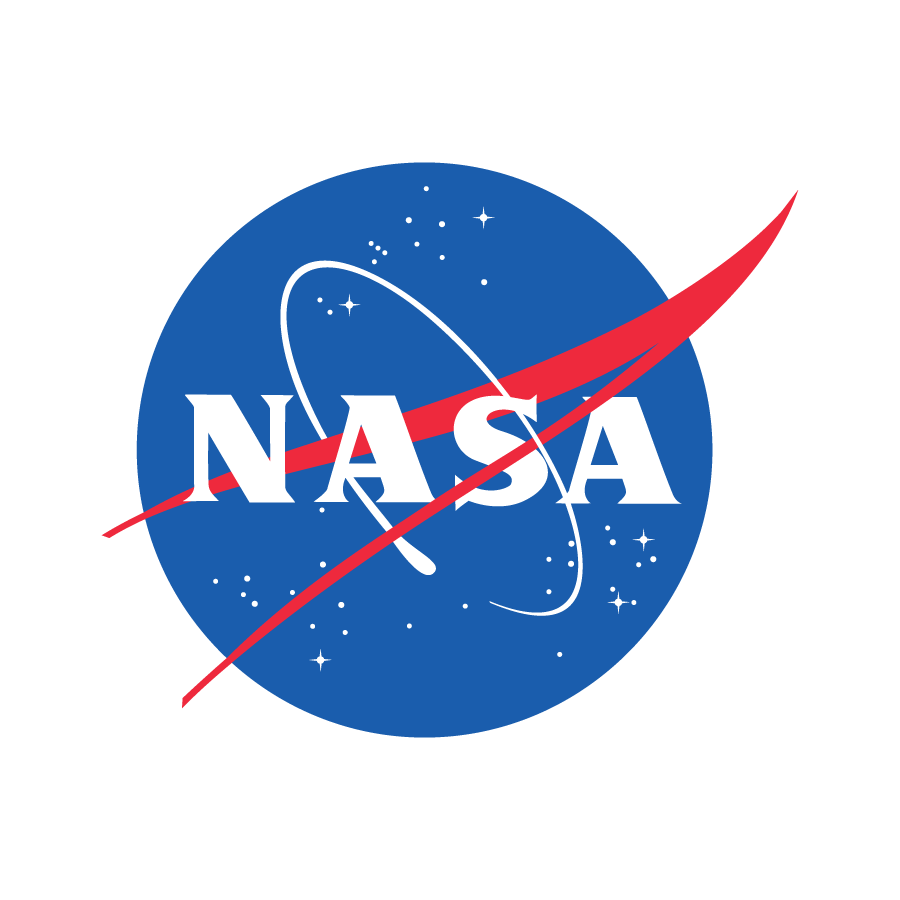NASA to Change How It Points Hubble Space Telescope
After completing a series of tests and carefully considering the options, NASA announced Tuesday work is underway to transition its Hubble Space Telescope to operate using only one gyroscope (gyro). While the telescope went into safe mode May 24, where it now remains until work is complete, this change will enable Hubble to continue exploring […]
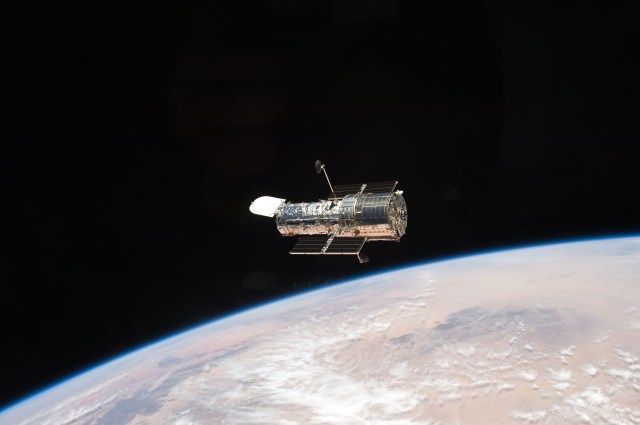
3 min read
NASA to Change How It Points Hubble Space Telescope
After completing a series of tests and carefully considering the options, NASA announced Tuesday work is underway to transition its Hubble Space Telescope to operate using only one gyroscope (gyro). While the telescope went into safe mode May 24, where it now remains until work is complete, this change will enable Hubble to continue exploring the secrets of the universe through this decade and into the next, with the majority of its observations unaffected.
Of the six gyros currently on the spacecraft, three remain active. They measure the telescope’s slew rates and are part of the system that determines and controls the direction the telescope is pointed. Over the past six months, one particular gyro has increasingly returned faulty readings, causing the spacecraft to enter safe mode multiple times and suspending science observations while the telescope awaits new instructions from the ground.
This one gyro is experiencing “saturation,” where it indicates the maximum slew rate value possible regardless of how quickly the spacecraft is slewing. Although the team has repeatedly been able to reset the gyro’s electronics to return normal readings, the results have only been temporary before the problem reappears as it did again in late May.
To return to consistent science operations, NASA is transitioning the spacecraft to a new operational mode it had long considered: Hubble will operate with only one gyro, while keeping another gyro available for future use. The spacecraft had six new gyros installed during the fifth and final space shuttle servicing mission in 2009. To date, three of those gyros remain operational, including the gyro currently experiencing problems, which the team will continue to monitor. Hubble uses three gyros to maximize efficiency but can continue to make science observations with only one gyro. NASA first developed this plan more than 20 years ago, as the best operational mode to prolong Hubble’s life and allow it to successfully provide consistent science with fewer than three working gyros. Hubble previously operated in two-gyro mode, which is negligibly different from one-gyro mode, from 2005-2009. One-gyro operations were demonstrated in 2008 for a short time with no impact to science observation quality.
While continuing to make science observations in one-gyro mode, there are some expected minor limitations. The observatory will need more time to slew and lock onto a science target and won’t have as much flexibility as to where it can observe at any given time. It also will not be able to track moving objects closer than Mars, though these are rare targets for Hubble.
The transition involves reconfiguring the spacecraft and ground system as well as assessing the impact to future planned observations. The team expects to resume science operations again by mid-June. Once in one-gyro mode, NASA anticipates Hubble will continue making new cosmic discoveries alongside other observatories, such as the agency’s James Webb Space Telescope and future Nancy Grace Roman Space Telescope, for years to come.
Launched in 1990, Hubble has more than doubled its expected design lifetime, and has been observing the universe for more than three decades, recently celebrating its 34th anniversary. Read more about some of Hubble’s greatest scientific discoveries.
Learn more about NASA’s Hubble Space Telescope on the agency’s website:
Resources
Media Contact:
Claire Andreoli
NASA’s Goddard Space Flight Center, Greenbelt, MD
claire.andreoli@nasa.gov
What's Your Reaction?



















.jpg?#)























